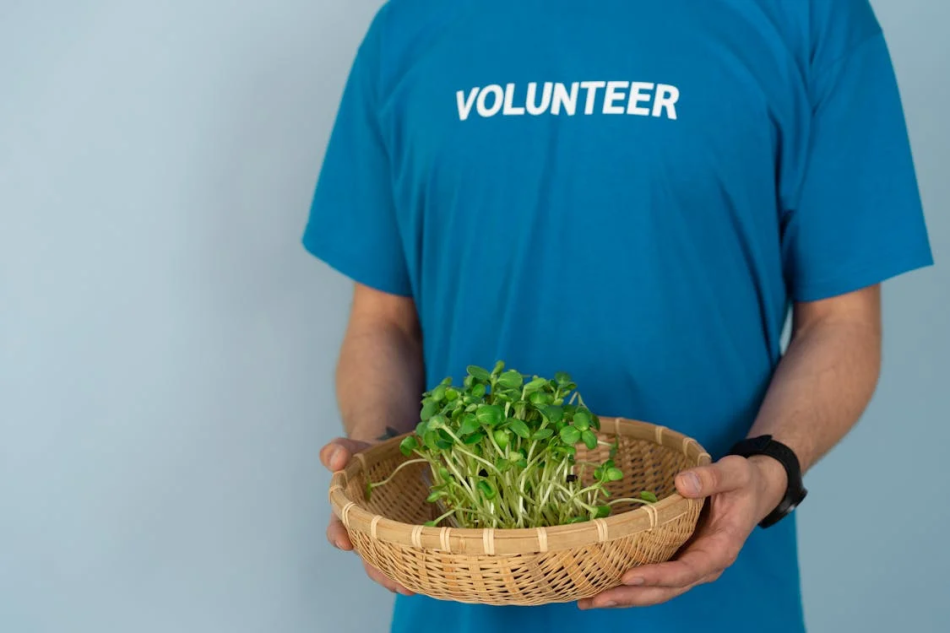As the world faces environmental challenges, communities have a decisive role in driving change. Small, collective efforts can significantly impact local ecosystems, urban landscapes, and even global sustainability efforts. Transforming your neighborhood into a greener, more sustainable space doesn’t require monumental shifts—just dedication and creativity. One way to begin is to take inspiration from individual efforts to design an eco-friendly home, demonstrating how personal actions inspire broader communal changes.
Neighborhood Gardening: A Collective Step Toward Green Living
Organic farming is a modern approach to farming, while gardening has remained relevant over the years as a way of uniting people to grow food naturally. Public spaces can turn barren land or low-activity areas within cities into beautiful gardens full of fresh vegetables, blossoms, and indigenous vegetation. Apart from purifying the air and increasing the number of living species, such gardens make neighbors feel they are part of something. Through sharing plant schedules, crop types, and care, the community brings everyone together, and at the same time, it minimizes transported products and, hence, lowers emissions.
However, using native plants in such gardens can be even more effective. Domestic species are hardy and resilient to local weather conditions and need less water and resources for growth. Besides, this water consumption method helps preserve the environment and nurture local bees and butterflies, to mention a few. However, as gardens expand, they are used as venues for occasions, classes, workshops, and other educative sessions, thus placing green living at the heart of community activities.
Embracing Sustainable Transportation as a Community
Another area where neighborhoods can make significant improvements in making their environment more sustainable is transportation. Promoting pedestrians, bicycles, and public transport will ensure that emissions are reduced while at the same time improving the health of the residents. Designating bike and walking-only lanes, or even carpooling schemes, can promote better environmentally friendly means of transport. Several communities have embraced having monthly car-free days where streets are closed to vehicles. Instead, pedestrians use the space for markets, exercise, or fairs.
Residents and organizations in a community can also demand better and more efficient means of transport in that community. Therefore, neighborhoods can engage local governments and transport departments in lobbying for funds to support environmentally friendly buses or more trains. The implications of such measures extend beyond personal gains; children breathe less polluted air, streets are less noisy, and people develop a sense of stewardship.
Educating and Engaging the Community for Lasting Change
Education is the pillar of any strong movement that is worth supporting. Organizing workshops and seminars related to environmental conservation can help residents to embrace environmentally friendly behaviors at their homes. Ideas such as composting, energy-efficient home improvements, or rainwater collection can get people to change a little in their homes to bring about many changes. They are also a good time to exchange resources such as tools or seeds, so there is less need to buy new ones.
It also becomes important when children are involved in sustainability projects. School children and youth can participate in litter pick, tree planting, or recycling campaigns in their schools and communities to imbue them with environmentally sustainable principles from childhood. Children become social beings and encourage their families and other young people to embrace the green living culture, thus passing the culture to the generations of society.
Signs of a Sustainable Future
It’s not about planting trees, reducing emissions, or using renewable energy but about relationships and constructing new paradigm communities. In this way, people can unite their strength with all members of communities to create positive change that will be thought through and become steady and positive for all. From green gardens, green transport, and green education, people can make a greener society and brighter future.
Many little things done over time can change the cities’ look, save the natural environment, and promote sustainability worldwide. The strength of community is unity in achieving a goal: making green living dreams a colorful and sustainable reality. When neighbors come together, they change their surroundings and foster a future of cooperation, strength, and optimism.

